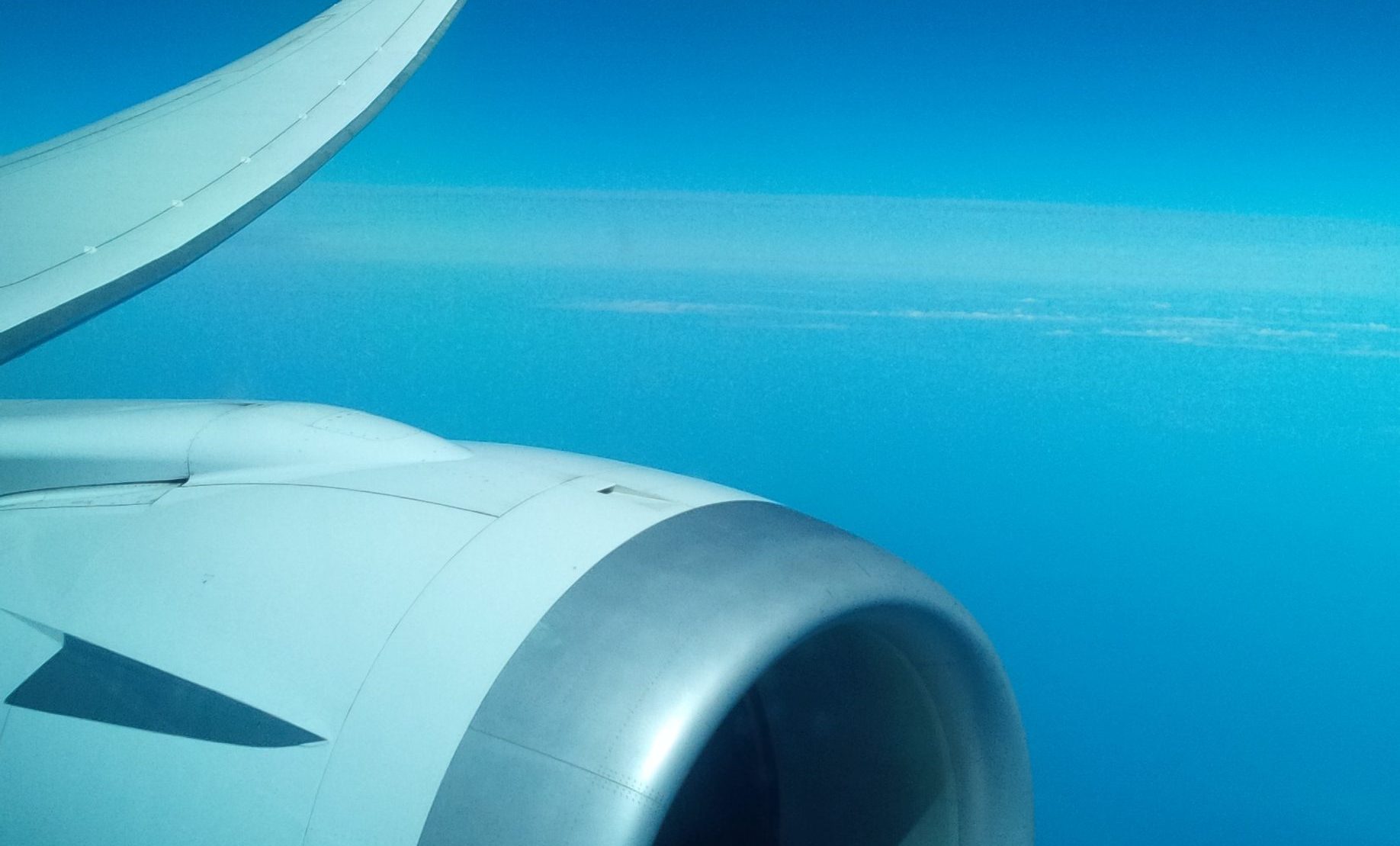
Slat tracks on the 737 aren't as benign as you might think. Here's what can happen when things go wrong...
Hint, you may need to be quick on your feet and like it hot.
By now there is a good chance you may have heard about Boeing's latest "snafu". This time it affects both the 737NG as well as the 737Max.
An as yet unnamed subcontractor delivered non-conforming parts, this time slat tracks, and those parts were yet again installed onto planes on the assembly line. I say "yet again" because this sounds eerily similar to a past supplier controversy concerning the 737NG and AHF Ducommun.
To their credit, Boeing has this time acknowledged that there is a problem with part quality and is taking urgent measures to have them removed from the active fleet.
Nevertheless, this still raises questions as to how and why these parts where allowed to be used on the assembly line in the first place. Particularly so, in light of the accusations leveled against the company during the AHF Ducommuns saga.
For those interested and not familiar with that story, I highly recommend watching this Documentary.
Something in Boeing's quality assurance process seems really broken. First the Ducommun issue, then accusations of poor built quality for 787 jets coming out of their SC factory, followed by manufacturing debris found in KC-46A tankers delivered to the U.S. Air Force as well as in 787 jets, and now the slat track issues. This reeks of systemic process or cultural problems. Maybe still some of the McDonnell Douglas DNA still lingering?
Just as Boeing in their recent birthday video told Airbus "We're glad you're here", I feel equally strongly, as someone who prefers Airbus jets for his travel, that Boeing needs to be strong and healthy, in order for the aviation industry to move forward. Competition is essential.
SeattleChicago, if you are listening... please get on top of your quality assurance!
So now finally, as you may have gathered from the announcement and most of the press coverage on the slat track issue, it all seems worrying, but not terrifying as an issue... Allow me to leave you with some food for thought.
On the 737 the slat tracks retract into cavities inside the wing fuel tanks. When things break off or fall off along that path they can puncture the the fuel tanks with interesting consequences, as China Airlines Flight 120 demonstrates. Here, see for yourselves and also take note, just how long it took the Airport fire crews to respond to the incident.
On that note, safe travels to you all. :)